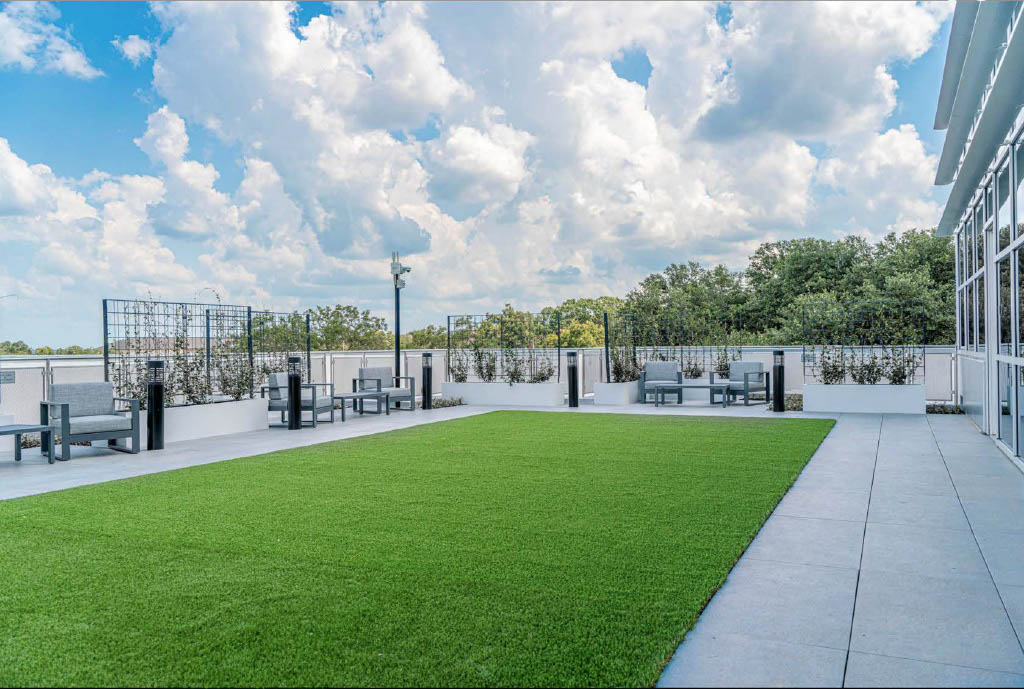January: Winter Management & Planning
Maintenance Focus: January offers an ideal time for structural pruning of trees and shrubs while they remain dormant. This pruning improves plant structure and removes damaged branches before spring growth begins. Continue monitoring irrigation systems for freeze damage, especially after cold snaps, and adjust watering schedules to account for cooler temperatures and reduced plant water needs.
Planning Opportunities: Use this relatively quiet landscape period to assess your property’s landscape performance from the previous year. Identify areas that underperformed or require renovation, and begin planning major landscape projects for spring installation. January provides an excellent time to review maintenance contracts and consider adjustments for the coming year.
Weather Considerations: While typically mild, January can bring unexpected freezes that damage sensitive plants and irrigation systems. Have freeze protection materials ready for tender plants, and ensure irrigation systems have been properly prepared for winter conditions.
February: Preparing for Spring
Maintenance Focus: February marks the transition toward spring, making it the ideal time to complete dormant pruning before new growth begins. Apply pre-emergent herbicides to prevent spring weeds, and remove winter annual weeds before they set seed. Continue to monitor irrigation systems and make necessary repairs before spring watering needs increase.
Planning Opportunities: Finalize plans for spring enhancement projects and schedule installations for March/April before summer heat arrives. Order plant materials for spring installations, particularly if you require specific varieties or larger quantities. If considering larger landscape renovations, February provides the last opportunity to finalize plans before the busy spring season.
Weather Considerations: February weather in Texas remains unpredictable, with potential for both freezing temperatures and early spring conditions. Maintain flexibility in maintenance schedules to accommodate weather fluctuations, and avoid premature pruning of spring-flowering shrubs like azaleas and camellias.
March: Spring Transition
Maintenance Focus: March brings increased mowing frequency as growth accelerates. Resume regular fertilization programs for turf and ornamentals, and perform a comprehensive irrigation system check to identify winter damage and make necessary adjustments for spring watering needs. Inspect mulch levels in planting beds and replenish as needed to prepare for increasing temperatures.
Planning Opportunities: March offers the ideal window for spring enhancement installations before summer heat arrives. Consider seasonal color installations to create impact at property entrances and key focal points. For irrigation systems, schedule any major upgrades or renovations before peak summer demand.
Weather Considerations: March weather can vary dramatically from year to year. Be prepared for both late freezes and early heat waves by maintaining flexibility in planting schedules. Keep frost protection materials accessible until the threat of freezing temperatures has passed.
April: Peak Spring Season
Maintenance Focus: April typically brings peak spring growth, requiring increased mowing frequency and attention to rapidly growing ornamentals. Continue monitoring for spring weeds and treat as necessary. As temperatures increase, adjust irrigation schedules to accommodate growing water demands while remaining efficient.
Planning Opportunities: Complete any remaining spring enhancements early in the month before temperatures increase. Begin planning for summer landscape needs, particularly irrigation adjustments and potential stress points in the landscape. For properties with summer events or heavy summer use, April provides the last opportunity for significant landscape adjustments before peak season.
Weather Considerations: Spring storms can bring heavy rainfall and potential landscape damage. Ensure drainage systems function properly, and be prepared for storm cleanup needs. As temperatures increase, monitor soil moisture to prevent stress during dry periods between spring rains.
May: Transition to Summer
Maintenance Focus: May begins the transition toward summer conditions, requiring increased attention to irrigation efficiency. Prune spring-flowering shrubs after blooming completes, and apply supplemental fertilizer to high-value ornamentals if indicated by their performance. Begin monitoring for summer insect pests that emerge with warmer temperatures.
Planning Opportunities: May offers the last opportunity for major landscape installations before summer heat makes establishment more difficult and costly. Review irrigation systems for maximum efficiency before peak summer demand, and identify potential stress points in the landscape that may require special attention during summer months.
Weather Considerations: May typically brings increasing temperatures and the potential for both heavy rainfall and the beginning of dry periods. Monitor weather forecasts closely to adjust irrigation accordingly, avoiding both overwatering after rainfall and underwatering during dry, windy periods.
June: Early Summer Management
Maintenance Focus: June requires careful irrigation management as temperatures increase and rainfall patterns change. Raise mowing heights slightly to reduce turf stress during hotter weather, and monitor landscape for signs of insect activity or disease development that occurs with higher humidity and temperatures. Selective pruning of excessive growth helps maintain neat appearance without stimulating excessive new growth.
Planning Opportunities: Begin planning for fall enhancement projects and potential renovation of underperforming landscape areas. For landscapes with significant tree canopies, consider scheduling professional assessment to identify potential hazards before hurricane season intensifies.
Weather Considerations: June typically brings increased temperature and humidity, sometimes accompanied by periods of drought. Irrigation becomes critical, with early morning watering providing the most efficient use of water resources. Monitor for pop-up thunderstorms that can create localized flooding or damage.
July: Peak Summer Management
Maintenance Focus: July focuses on helping landscapes survive peak summer stress. Irrigation management becomes critical, with regular system checks to ensure proper coverage and timing. Limit pruning to selective maintenance cuts, as heavy pruning stimulates growth that struggles in summer heat. Continue monitoring for insect pests that thrive in hot conditions.
Planning Opportunities: While major installations should wait for cooler weather, July provides a good opportunity to evaluate landscape performance under stress conditions. Note areas that struggle during peak summer for potential renovation in fall. Begin developing specific plans for fall enhancement projects based on summer performance observations.
Weather Considerations: July typically brings the hottest temperatures of the year, often accompanied by drought conditions. Have contingency plans for water restrictions, including prioritizing irrigation for high-value and high-visibility areas. Hurricane season reaches its peak, requiring preparedness for potential storm damage.
August: Late Summer Maintenance
Maintenance Focus: August continues the summer maintenance pattern with emphasis on water management and heat stress prevention. Maintain vigilance for insect and disease issues that can develop rapidly in stressed plants. Selective deadheading of perennials encourages continued flowering in fall-blooming varieties.
Planning Opportunities: Finalize plans for fall landscape enhancements and renovations, and begin scheduling these projects for September/October implementation. August provides an excellent time to secure commitments for fall and winter services like seasonal color installations and holiday lighting.
Weather Considerations: August often combines peak heat with increased hurricane and tropical storm risk. Review emergency response plans for potential weather events, and maintain landscape areas to minimize potential storm damage from deadwood or unstable plants.
September: Fall Transition Begins
Maintenance Focus: September begins the transition toward fall, though summer conditions often persist. Continue diligent irrigation management while preparing for potential seasonal changes. Apply fall pre-emergent treatments to prevent winter annual weeds, and begin preparations for fall fertilization of turf areas once temperatures moderate.
Planning Opportunities: September marks the beginning of the ideal fall planting season. Schedule major landscape renovations and enhancements for implementation as temperatures moderate. For properties with holiday lighting programs, confirm plans and schedules to ensure timely installation.
Weather Considerations: September weather varies considerably across Texas and from year to year. Remain flexible with maintenance and enhancement schedules to accommodate both lingering summer conditions and potential early fall weather. Hurricane season remains active, requiring continued preparedness.
October: Prime Fall Season
Maintenance Focus: October typically allows for a reduction in irrigation frequency as temperatures moderate and fall rainfall patterns develop. Apply fall fertilization to turf areas to promote root development during cooler months. Begin adjustment of irrigation systems for reduced winter watering needs.
Planning Opportunities: October provides the prime window for fall plantings and landscape renovations, allowing establishment before winter. Implement major enhancement projects and tree installations during this optimal planting period. Finalize holiday lighting plans and schedule installations for November.
Weather Considerations: October typically brings cooler temperatures but can include early freezes in northern Texas regions. Monitor forecasts for freezing temperatures and be prepared to protect sensitive plants and irrigation components if necessary.
November: Fall to Winter Transition
Maintenance Focus: November brings increased leaf management needs as deciduous trees drop foliage. Continue reducing irrigation frequency and volume as plant water needs decrease with cooler temperatures. Complete any remaining fall fertilization early in the month to allow proper utilization before dormancy.
Planning Opportunities: Complete fall enhancement projects early in the month before potential freezing temperatures arrive. Install holiday lighting and seasonal décor according to established schedules. Begin development of landscape enhancement plans for the following spring.
Weather Considerations: November can bring significant weather transitions, from mild fall conditions to potential freezes. Prepare irrigation systems for freezing temperatures, particularly in northern regions of Texas, and have frost protection materials available for sensitive plants.
December: Winter Preparation & Holiday Focus
Maintenance Focus: December maintenance focuses on leaf management, selective pruning of deciduous trees after leaf drop to address structural issues, and continued reduction in irrigation frequency and volume. Monitor for winter weeds and address as needed to prevent spring issues.
Planning Opportunities: December provides an excellent time to reflect on the past year’s landscape performance and begin developing improvement strategies for the coming year. Schedule meetings with landscape providers to review annual performance and discuss potential adjustments to maintenance programs.
Weather Considerations: December brings increased likelihood of freezing temperatures across most of Texas. Ensure irrigation systems have been properly prepared for winter, and maintain frost protection protocols for sensitive landscape areas.
Year-Round Maintenance Consistency
While seasonal focuses shift throughout the year, certain maintenance practices remain constant. Regular monitoring for potential issues, prompt attention to emerging problems, and consistent communication with your landscape provider create the foundation for successful commercial landscapes in any season.
At Landmark Landscape Group, we’ve developed our maintenance programs specifically for Texas commercial properties, with seasonal adjustments built into our approach. Our experience across diverse commercial properties—from healthcare facilities to corporate campuses—has taught us that proactive planning aligned with Texas seasonal patterns consistently delivers better results than reactive maintenance.
By understanding the rhythm of landscape needs throughout the year, property managers can better allocate resources, anticipate challenges, and ensure their commercial properties maintain attractive, functional landscapes regardless of season. This proactive approach not only improves appearance but also protects landscape investments against Texas’s sometimes challenging climate conditions.

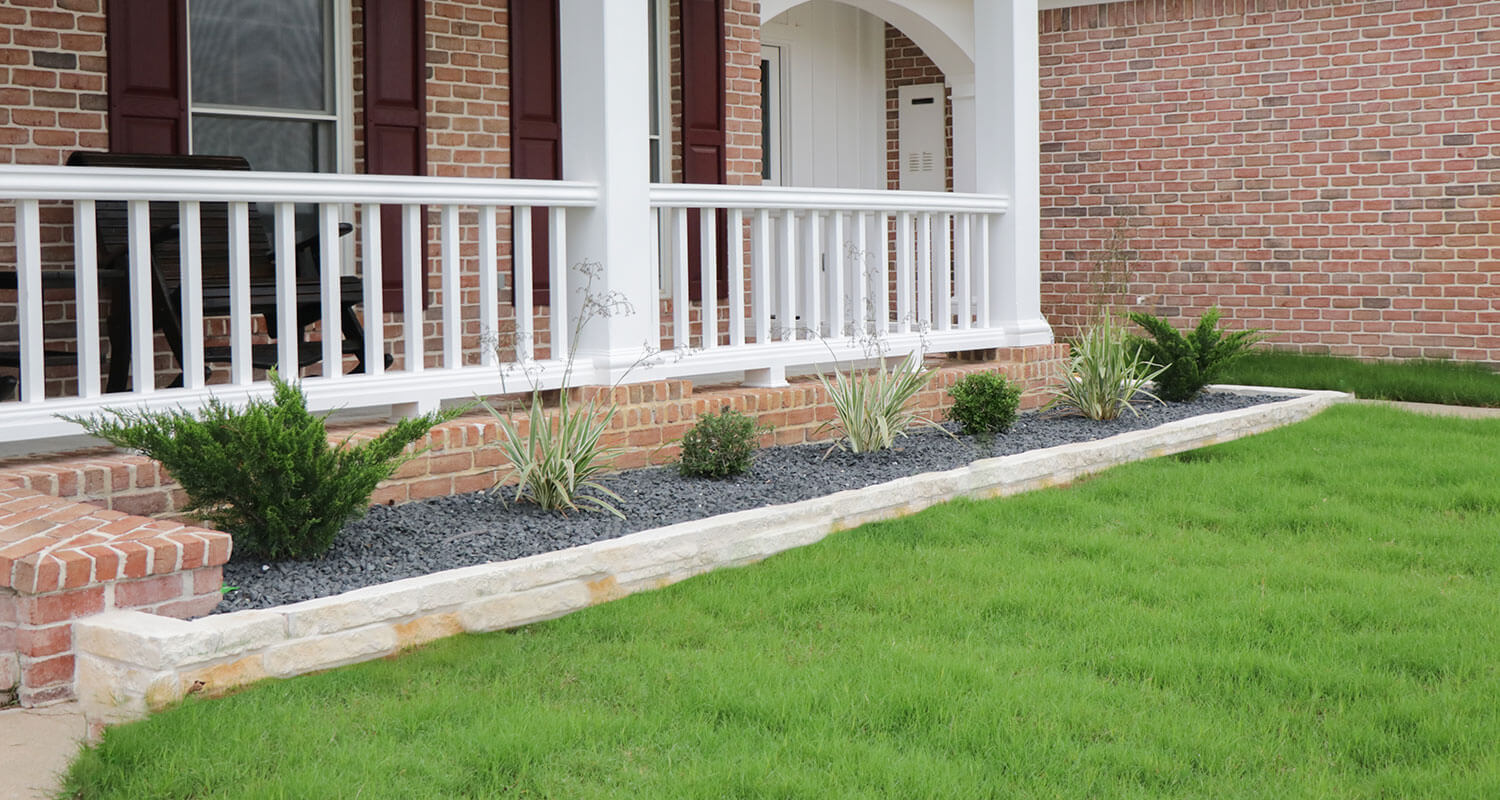
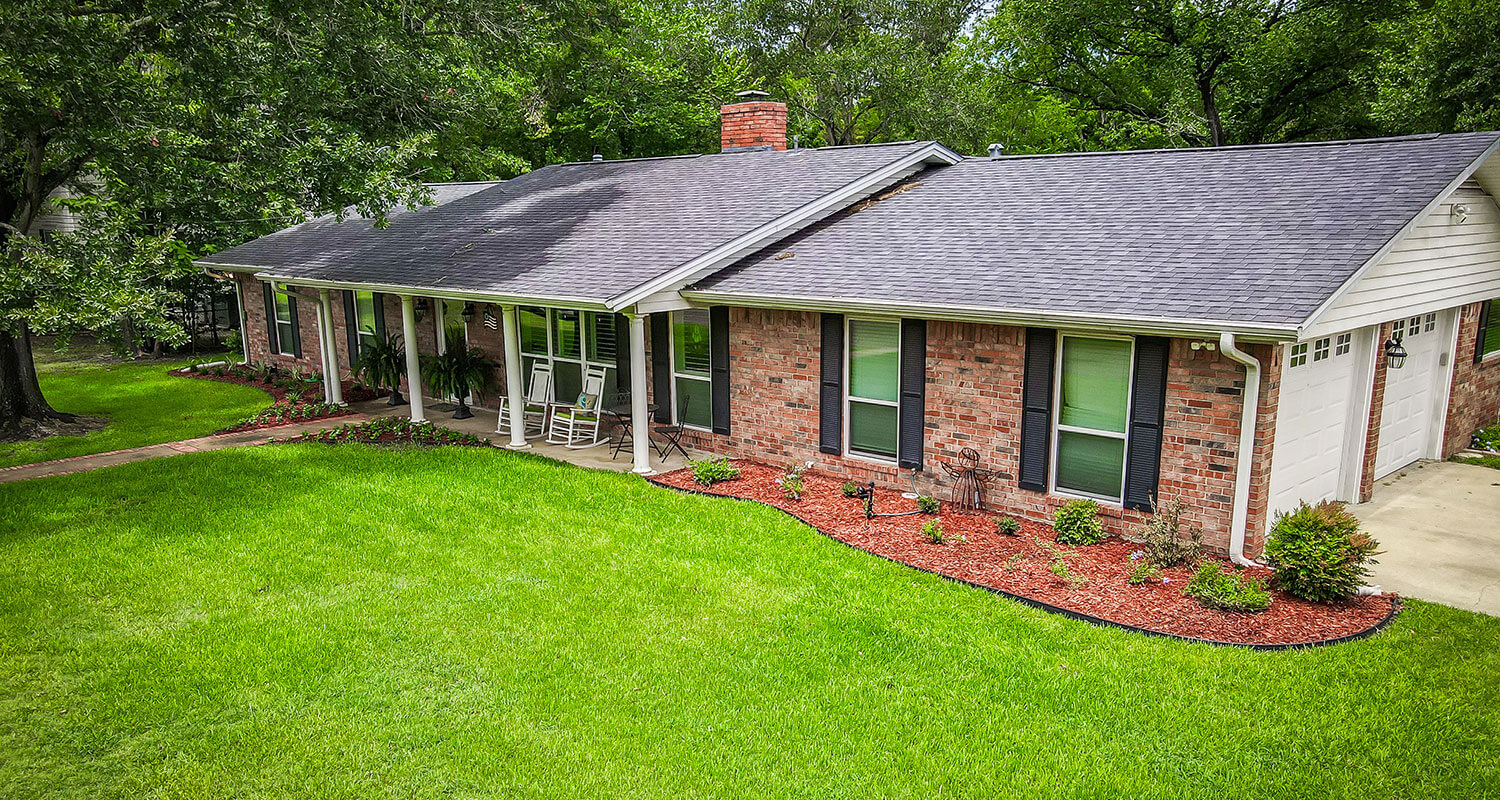

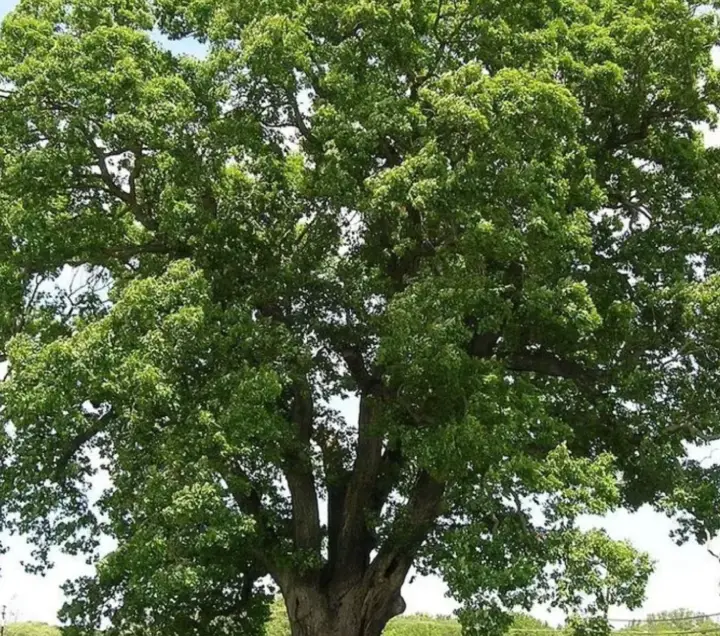
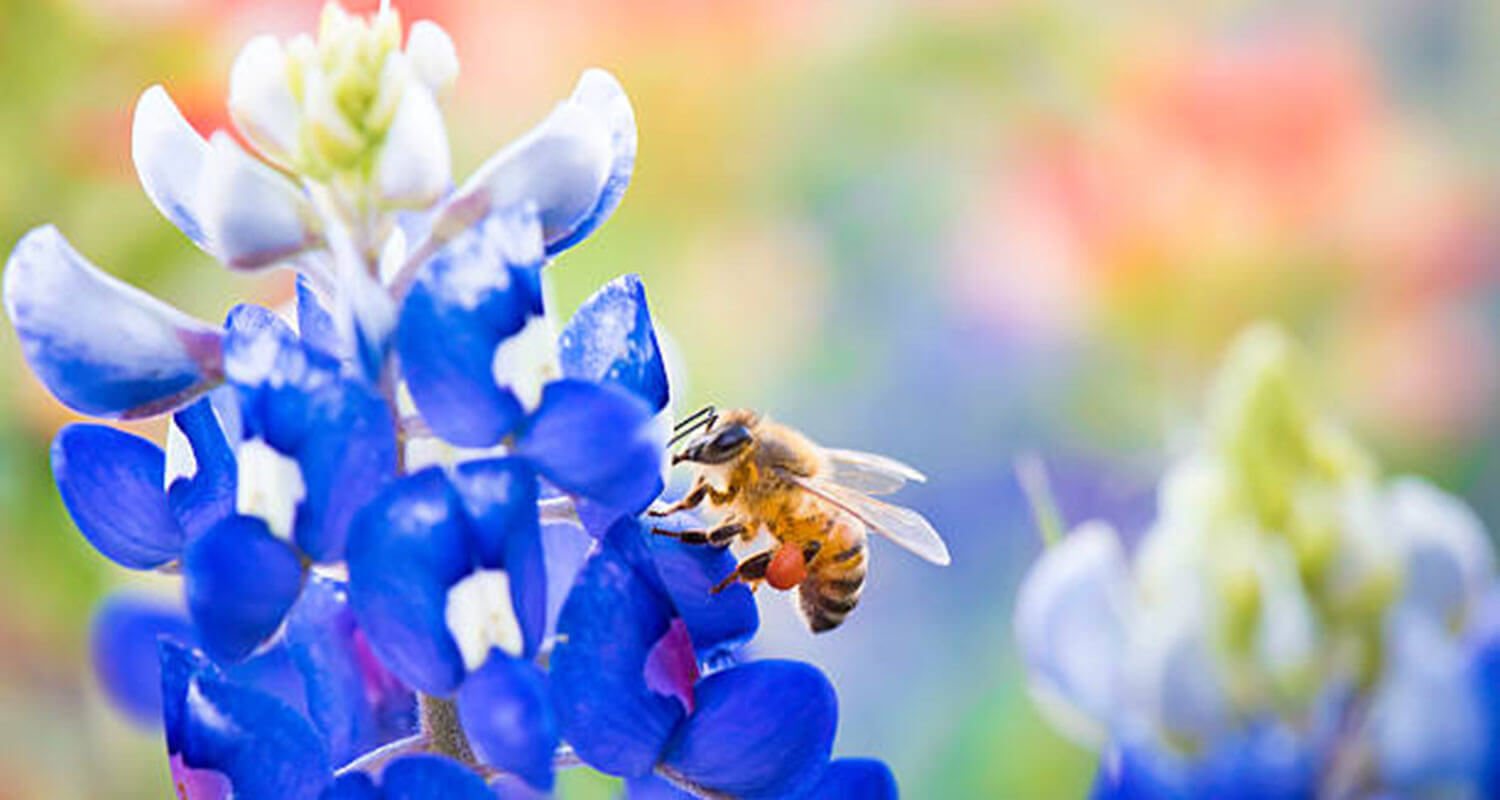
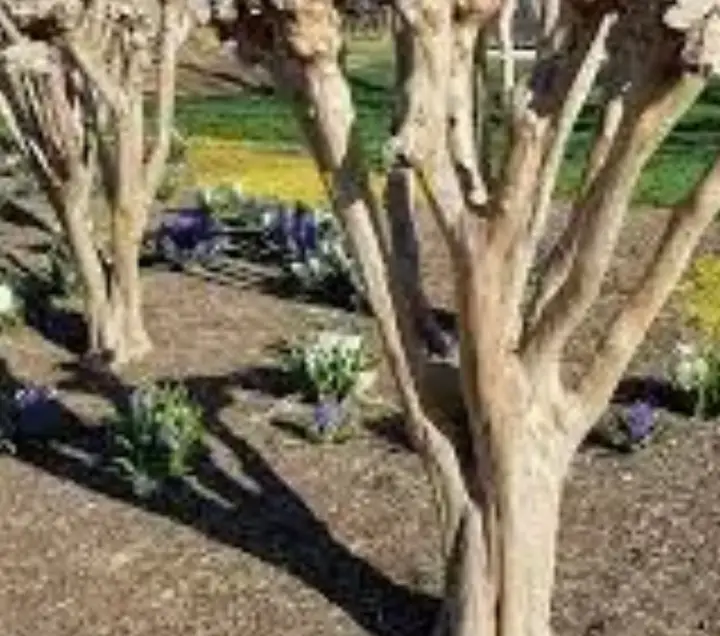
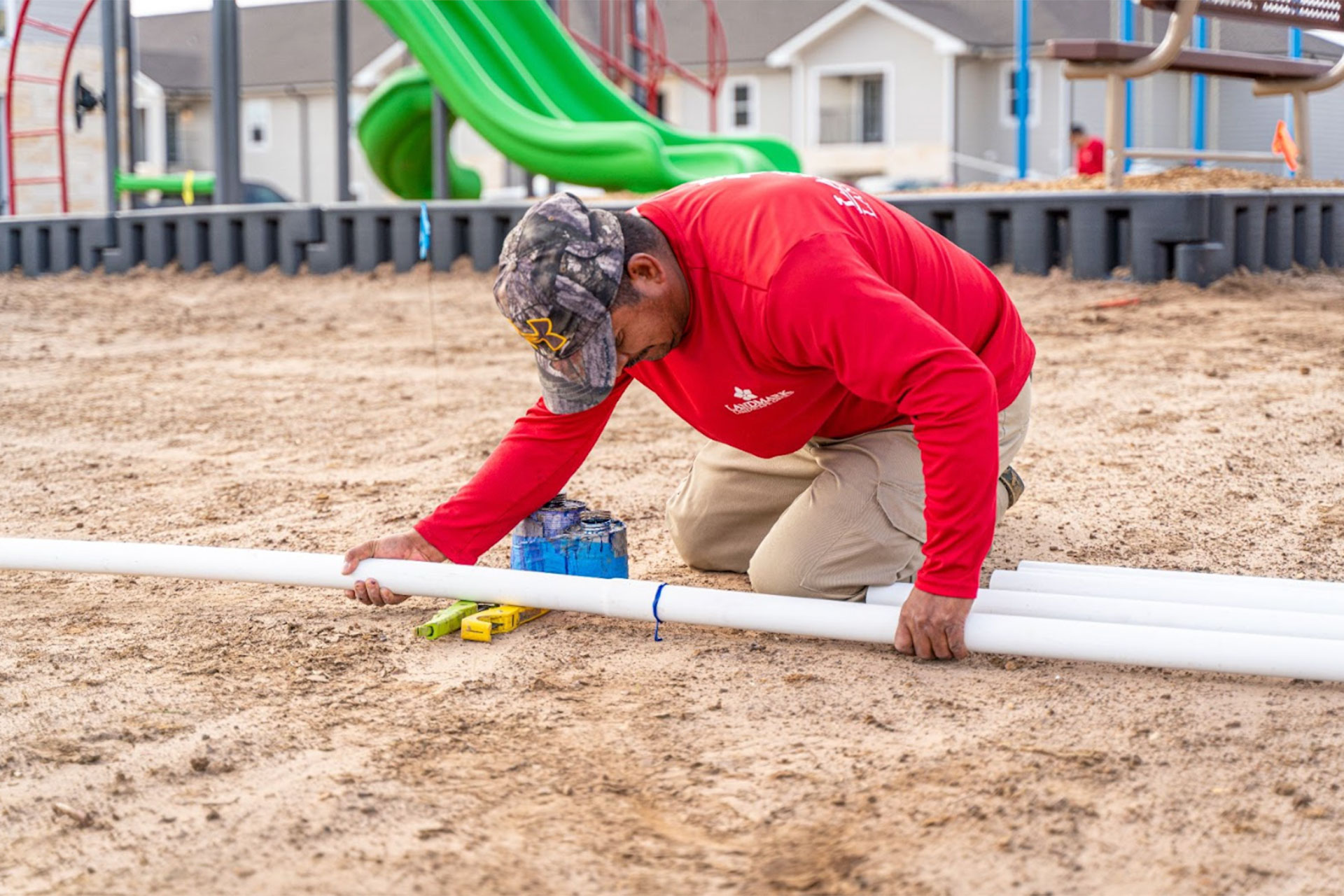
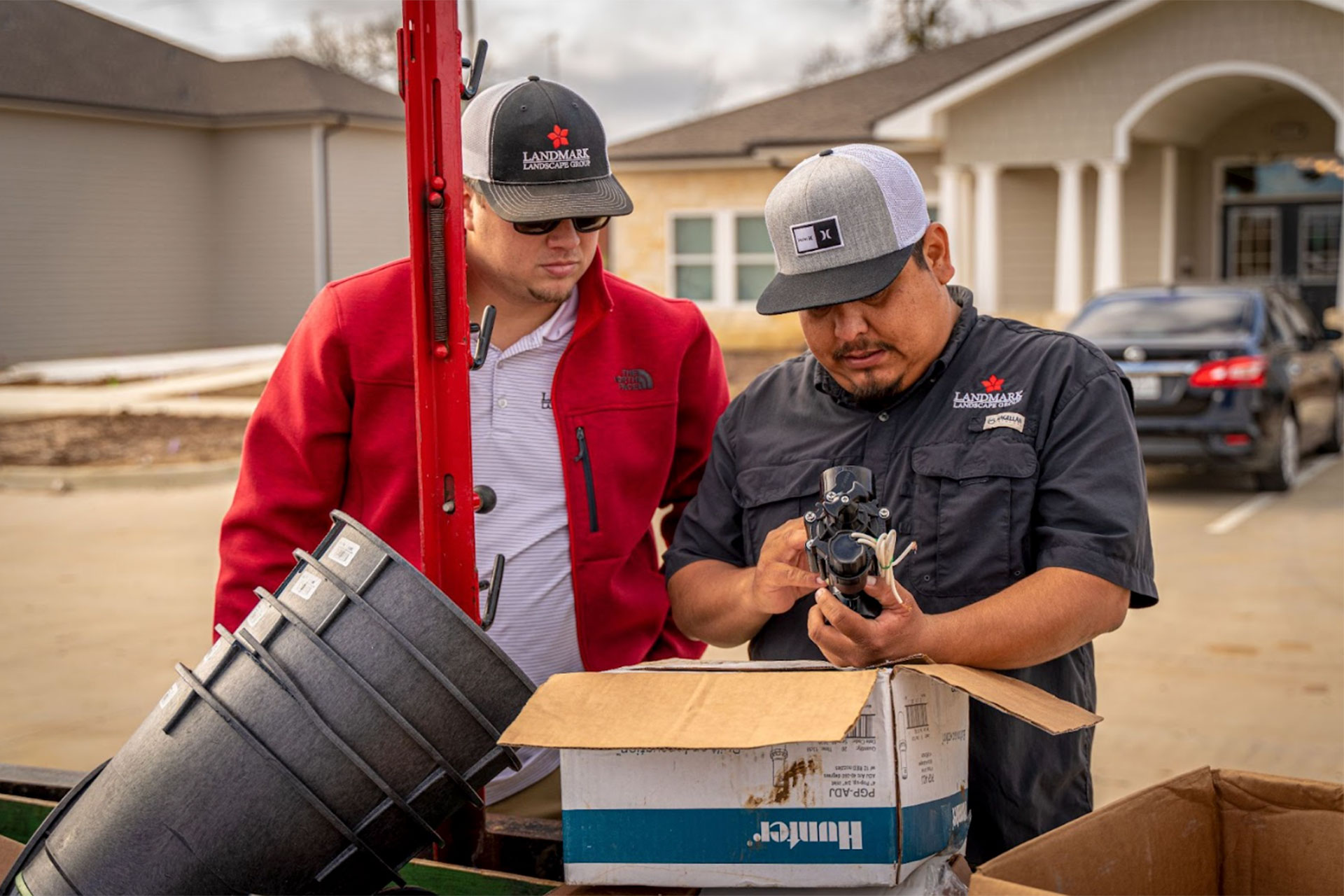
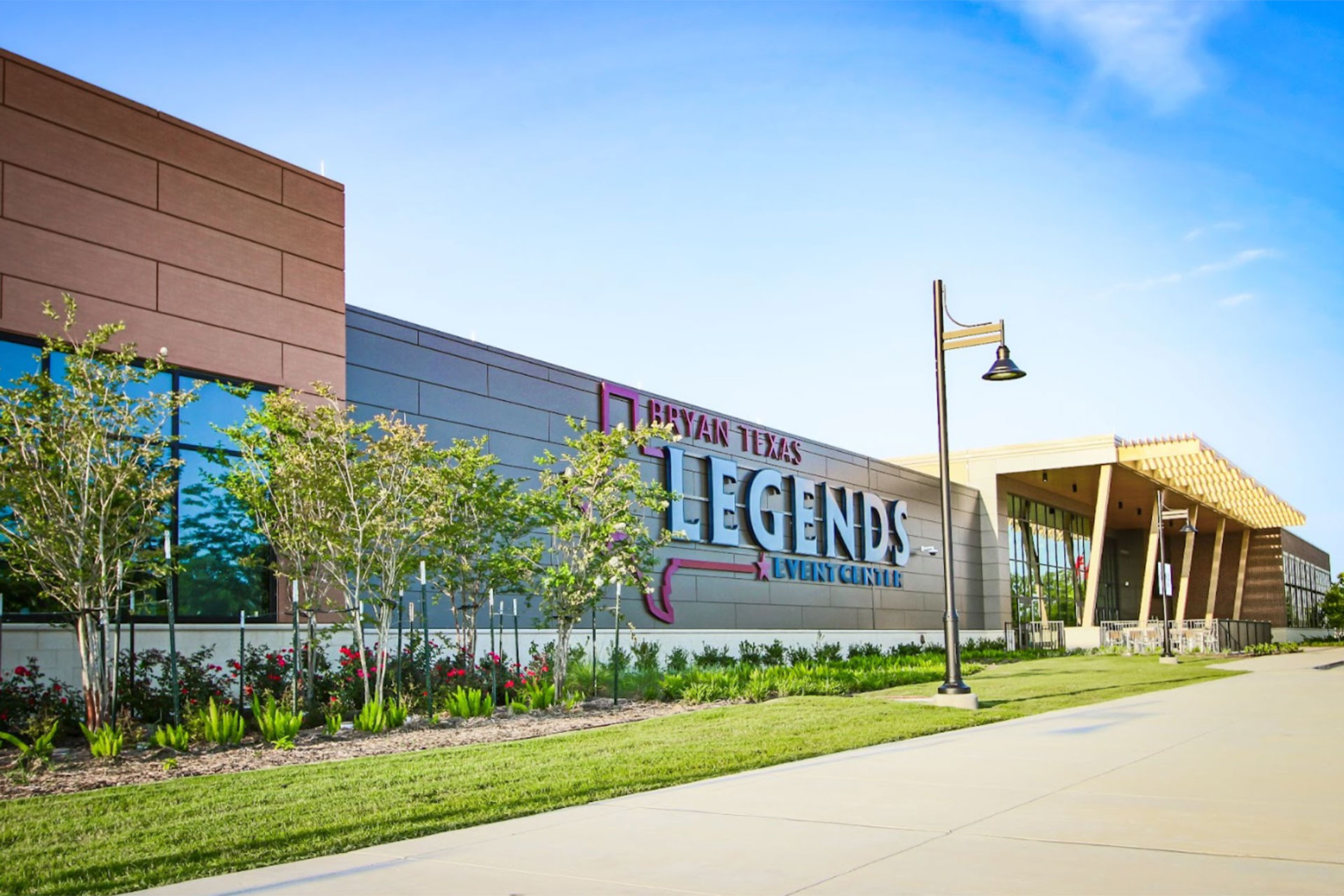
.jpg)
.jpg)
.jpg)
